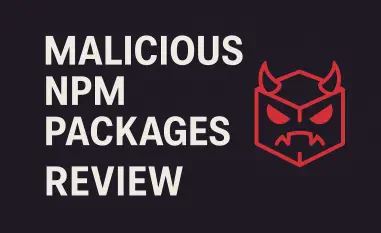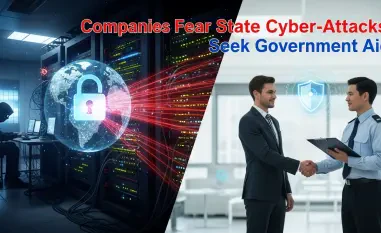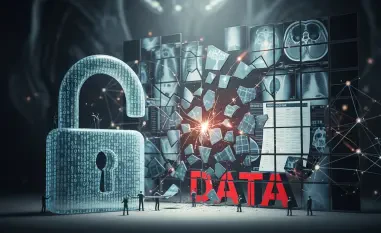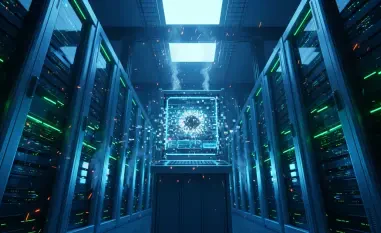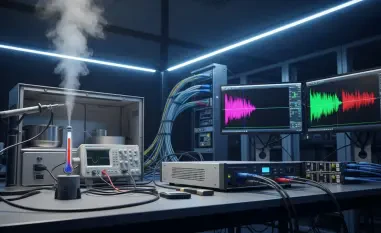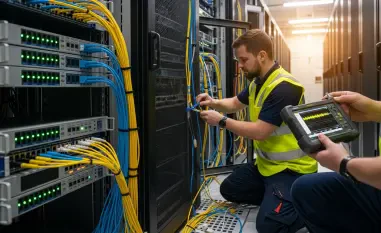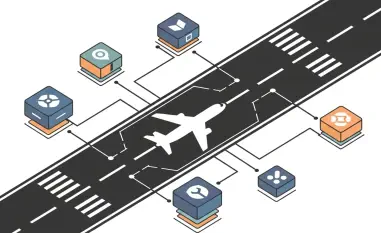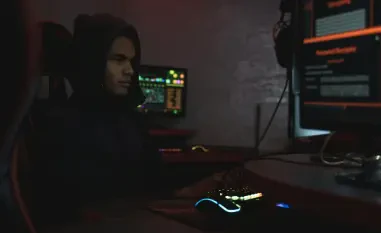The cybersecurity landscape is rapidly evolving, with sophisticated threat actors employing innovative tactics to breach digital defenses. In this challenging climate, cybersecurity vendor SentinelOne has issued an urgent warning to the industry, highlighting the increased risks associated with Chinese cyber actors. This alert comes on the heels of their in-depth examination of two major cyber operations known as PurpleHaze and APT15, which underscore the critical need for collaboration and enhanced security measures across sectors. Understanding the implications of these attacks is vital for organizations relying on digital infrastructures to safeguard their critical assets.
Central Focus on Emerging Cybersecurity Challenges
SentinelOne’s research sheds light on pressing questions surrounding the growing sophistication of cyber threats, particularly from state-sponsored actors. Essential challenges addressed by the research include identifying the new methodologies employed by these cyber groups and understanding the typical profiles of their targets. The study raises questions about the security industry’s readiness to counter such advanced threats and the collaborative efforts required to ensure long-term protection.
Background and Context of the Cyber Threat Landscape
Cyber threats have constantly evolved, becoming more sophisticated and harder to detect. The Chinese groups’ strategic interest in targeting technology vendors and critical infrastructure signifies a shift toward more dynamic cyber-espionage tactics. SentinelOne’s findings resonate in an environment where critical infrastructure is increasingly targeted, emphasizing the broader relevance of their research. The international ramifications of these threats cannot be understated, as digital infrastructure forms the backbone of societal functioning, making its protection a priority.
Research Methodology, Findings, and Implications
Methodology
In conducting this research, SentinelOne employed a range of cutting-edge cybersecurity tools and analytical techniques to thoroughly uncover the modus operandi of these cyber groups. The researchers undertook detailed forensic analyses of compromised systems and invested heavily in tracing the attack vectors back to their source. This comprehensive methodology enabled the examination of both ongoing and previously successful attacks, providing a holistic view of the current cyber threat landscape.
Findings
The study revealed notable findings, with significant evidence pointing to the use of operational relay box (ORB) networks by Chinese threat actors as a means of evading detection. Both the PurpleHaze and APT15 operations demonstrated these groups’ capability to employ zero-day vulnerabilities in achieving their objectives. The research also highlighted the large-scale intrusion by APT41, which remarkably impacted approximately 70 global organizations. These findings underscore the crucial need for heightened vigilance among cybersecurity professionals.
Implications
The implications of SentinelOne’s findings are manifold, with both practical and theoretical consequences. Practically, the study urges companies to adopt more effective monitoring and response strategies to preempt attacks. Theoretically, it encourages further exploration into the evolving tactics of state-sponsored cyber groups. Such insights can drive innovations in defensive technologies and policies, potentially impacting global cybersecurity standards and protocols.
Reflection and Future Directions
Reflection
Reflecting on the aims and execution of the study reveals the inherent difficulties and complexities in cyber threat research. Challenges, such as the rapid evolution of cyber tactics and the obfuscation techniques employed by attackers, were successfully navigated through adaptive and innovative research strategies. The study could have expanded further by incorporating a wider geographic analysis of affected regions or by integrating insights from other sectors also targeted by similar threats.
Future Directions
Looking ahead, there is robust potential for further research into the vulnerabilities exploited by such advanced threat actors. Future investigations might delve into the effectiveness of existing network security tools in combating sophisticated threats. Additionally, exploring collaborative strategies among international cybersecurity firms could yield new defensive mechanisms against state-sponsored cyber activities. Unanswered questions remain regarding the long-term implications of growing cyber-espionage on global political and economic stability.
Conclusion
In conclusion, SentinelOne’s research underscores the serious nature of emerging cyber threats from Chinese operatives, challenging the cybersecurity industry to advance its defensive capabilities. The findings are a stark reminder of the persistent innovation of cyber adversaries and the necessity for proactive security strategies. Moving forward, the need for enhanced collaboration and continued research is clear, fostering a proactive environment for addressing these critical challenges.



